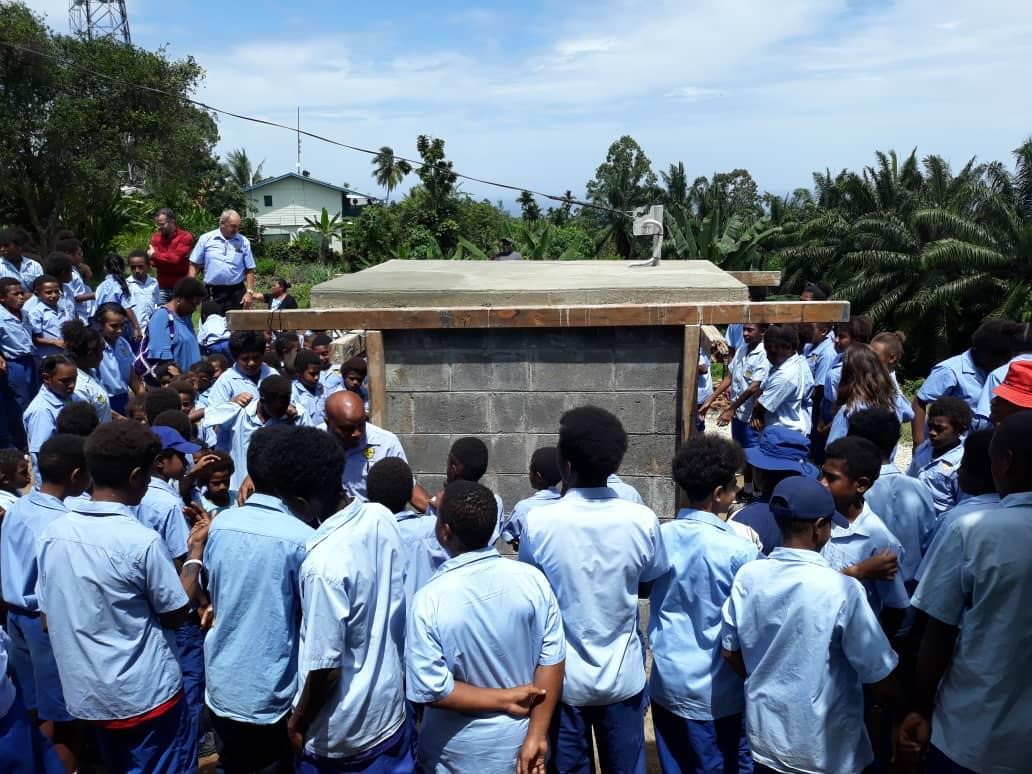News
Applying geoscience to disaster risk reduction
Published:19 March 2020
Applying geoscience to disaster risk reduction
Geoscience Australia is marking the importance of the Sendai Framework for Disaster Risk Reduction 2015-2030 to reducing the impact of natural hazards around our region, five years after it was adopted by Australia at Third UN World Conference in Sendai, Japan on 18 March 2015.
Geoscience Australia is marking the importance of the Sendai Framework for Disaster Risk Reduction 2015-2030 to reducing the impact of natural hazards around our region, five years after it was adopted by Australia at Third UN World Conference in Sendai, Japan on 18 March 2015.
The head of the Community Safety branch at Geoscience Australia, Leesa Carson said the agency is providing decision makers with the disaster risk information they need to better understand the consequences of hazard events both here in Australia and around the Asia-Pacific region.
“Community safety is dependent on getting the best available hazard, vulnerability and exposure information into the hands of decision makers,” Ms Carson said.
“From tropical cyclones and floods to earthquakes and tsunamis, we’re providing nationally-consistent data, information and advice that enables governments and communities to prepare for, and respond to a hazard event.
“Our national hazard assessments for tropical cyclone, earthquake and tsunami help governments and emergency managers across Australia to understand the frequency and likelihood of these events occurring, and mitigate the potential impacts.
“Using these assessments, emergency managers can develop evidence-based disaster management plans, evacuation plans, and mitigation strategies to better prepare for and respond to an event.”
Ms Carson said both at home and abroad, Geoscience Australia is helping to build more resilient communities.
“Through the Australian Aid program, we’ve partnered with Department of Mineral Policy and Geohazard Management in Papua New Guinea (PNG) to strengthen their capacity to monitor earthquakes events,” Ms Carson said.
“Working with local partners, we’ve deployed a low-cost seismic network across the country to increase detection of earthquakes and volcanic activity. This will help their community better prepare for potential eruptions.
“This work has enhanced the capacity of the Australia’s National Earthquake Alert Centre to characterise regional events, which in turns help us improve our assessment of hazard.

Installation of a Raspberry Shake device ay the Bialla International School in PNG.
“We’ve also assisted with updating the earth hazard part of the PNG building codes to ensure houses and infrastructure can withstand common earthquake events, and helped introduce education initiatives to ensure communities, particularly children in schools, know what to do and how to keep safe during an event.”
Ms Carson said Geoscience Australia’s continued support of the Sendai Framework is building stronger communities for now and into the future.
“Working hand-in-hand with the 2030 Sustainable Development Goals, the Sendai Framework is the roadmap for how we make our communities safer and more resilient to hazard events,” Ms Carson said.
More information about hazard events and what is being done to reduce the impact of disasters is available from the Geoscience Australia website.
Contact:
Phone:
Email:




